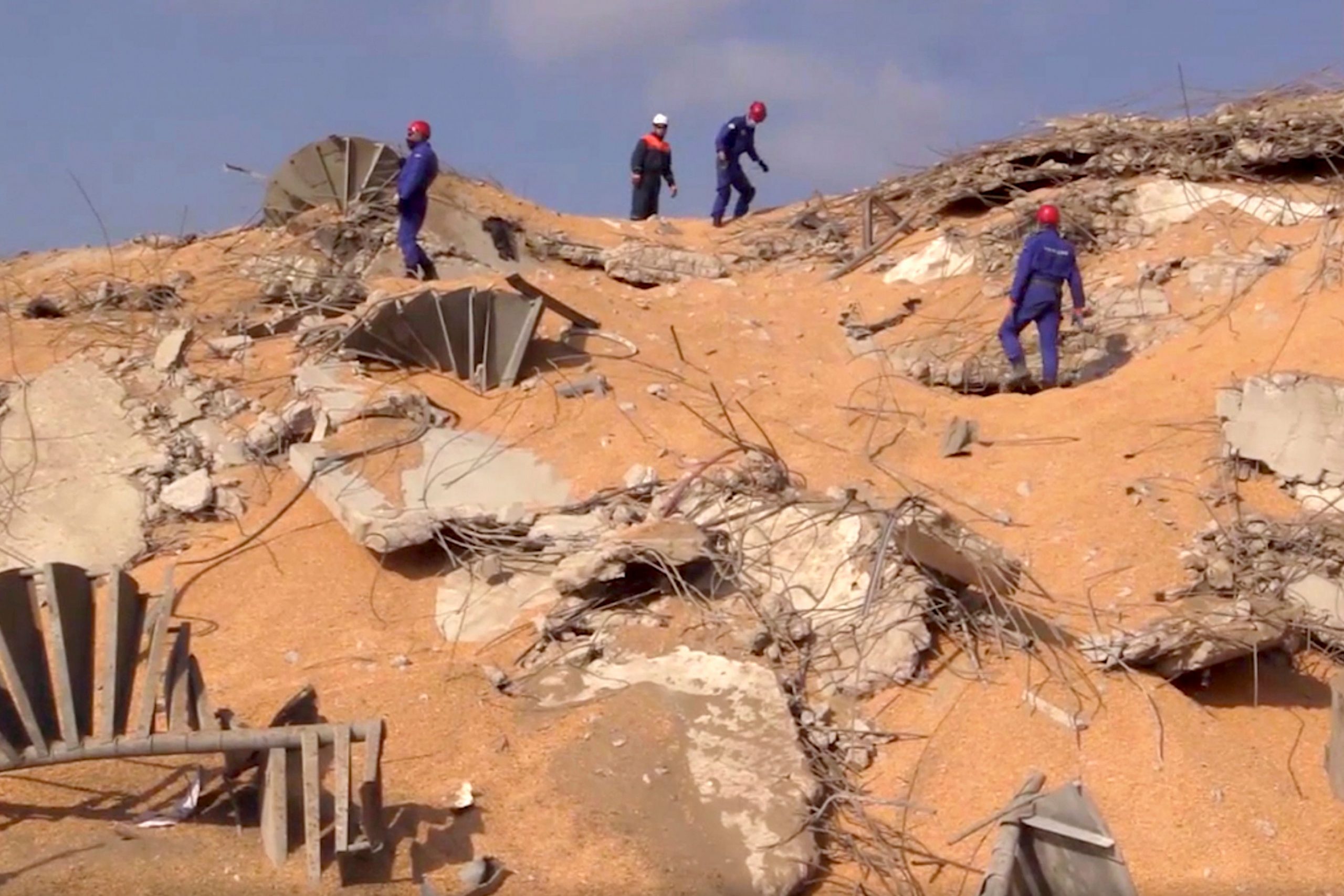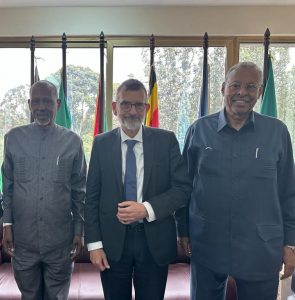The UN’s cultural agency UNESCO on Thursday pledged to protect the vulnerable heritage in Lebanon after the gigantic port blast shook the city last week, damaging close to 60 historic buildings in the city. Though the effect of the blast was felt all over Beirut, the Gemmayzeh and Mar-Mikhael neighbourhoods, which has many historic buildings, were the worst affected.
“The international community has sent a strong signal of support to Lebanon following this tragedy. UNESCO is committed to leading the response in the field of culture, which must form a key part of wider reconstruction and recovery efforts,” said Ernesto Ottone, assistant UNESCO Director-General for Culture.
Following the blast, authorities had reported that at least 8000 buildings were affected of which 640 were historic buildings and 60 of them are on the verge of collapse.
Sarkis Khoury, head of antiquities at the ministry of culture in Lebanon had spoken at an online meeting this week about the effect of blast on major museums such as the National Museum of Beirut, the Sursock Museum and the Archaeological Museum of the American University of Beirut, as well as cultural spaces, galleries and religious site.
UNESCO said Khoury “stressed the need for urgent structural consolidation and waterproofing interventions to prevent further damage from approaching autumn rains.”
171 people were killed in the explosion on August 4. Lebanon’s government under Prime Minister Hassan Diab had resigned this week following days of protests demanding accountability for the disaster.







